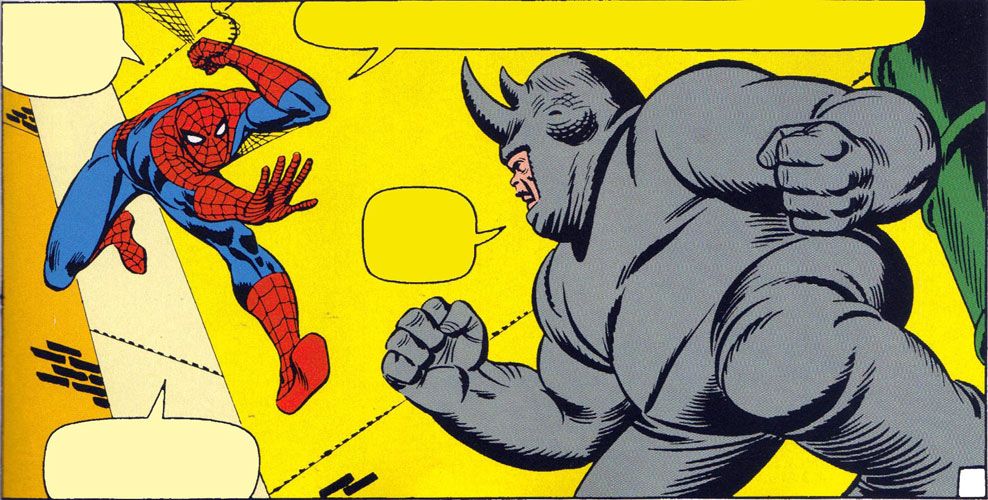John Rozum lets readers take an in-depth look at his process in a recent post on his experiment at writing a comic script using the Marvel Method. For those unfamiliar with the term, the Marvel Method is the approach developed by Stan Lee during the early days of Marvel in which Lee would provide brief outlines of the events in a comic book issue (as opposed to a full script), let the artist draw the whole thing, and then come back and add dialogue over the finished panels. The advantages of that format include letting the artist have a lot of creative input, while also requiring less time from the writer (meaning that someone like Lee could write a ton of books at the same time).
But, as Rozum points out, there are disadvantages as well:
I went into it thinking it would be freeing and allow the artist a bigger hand in determining the choreography of the action sequences and interesting ways to depict the more normal day-to-day life sequences. What happens, and this is by no means the fault of the artist, is that the story comes back looking fantastic until you sit down to the dialogue for the art. Expressions and body language are wrong for supporting the proper feelings being conveyed in dialogue, characters are on the wrong side of panels (or even missing) disrupting the flow of speech between them, the panel that requires the greatest amount of text will be the smallest on the page, as often ends up happening to the panel which should be the largest and most dramatic. Important props end up missing, etc. This happened even when I provided a plot that actually broke everything down page by page and provided an overview of the emotional character arcs and thematic nature of the story.
Instead, Rozum prefers to give artists all the information they need to understand the story and has found that this is surprisingly liberating for many of the artists he's worked with. "For a long while I felt guilty, like I was micromanaging everything and not letting them have as much input, but my guilt was erased when no artists complained and often would commend me for putting so much thought into the script that it would often trigger ideas of their own and that they felt like they had more room to explore how they want to depict the story."
He adds, "Something I always emphasize with any artist I work with is that even though my scripts are detailed and broken down panel by panel, they should feel free to reconfigure that if they think they can do it better in fewer panels, more, etc. This usually works marvelously (no pun intended)."

